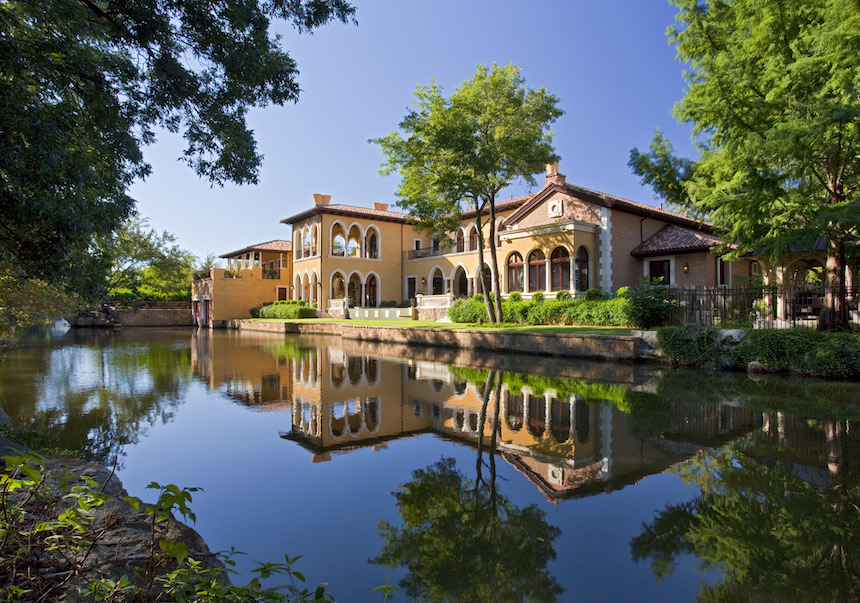
Affluent neighborhoods with lawns — and occasionally swimming pools — use up to ten times more water than neighborhoods with higher density housing with less landscaping, according to a Portland State University study.
The study, conducted by PSU geography professor Heejun Chang, was recently published in the journal Science of the Total Environment.
Chang found that the highest water use was in newer suburbs where big lawns were most common. The more affluent the neighborhood, the more water the residents were likely to use. This is because those neighborhoods have more water-demanding landscapes, and homeowners there can afford to spend more on water.
Chang studied urban water use on a neighborhood-by-neighborhood basis in four U.S. cities: Portland, Ore., Salt Lake City, Phoenix, and Austin, Texas. All were cities likely to experience water shortages in coming years. His research is significantly more detailed than previous studies of urban water use.
PSU says that the findings provide important information that urban planners and water managers can use in planning new communities and offering water-saving incentives for residents.
The study points to the water-saving benefits of high-density neighborhoods such as more use of hardscaping, non-vegetative landscapes, as well as native plants in landscapes, which use less water than lawns.
— Read more in Heejun Chang et al., “Determinants of single family residential water use across scales in four western U.S. cities,” Science of The Total Environment 596-597 (15 October 2017): 451-64 (DOI: 10.1016/j.scitotenv.2017.03.164)
